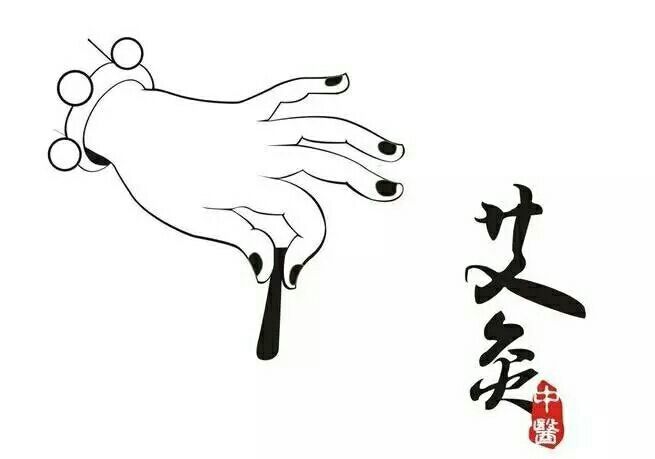- is a cigar like tube of moxa covered in either rice or mulberry paper. Smokeless varieties are also available. Moxa sticks are held a small distance away (around 5mm) from the skin and are used to warm up large areas until the area feels warm sensations and/or turns red. They can also be used in moxa boxes and feel wonderful on the abdomen or lower back. Moxa sticks are also often sent home with patients to support home treatment between appointments.
- is to place a small pyramids shape of moxa cone on the garlic, ginger or salt with 5 mm thick which is placed on the skin. The moxa is lit. The practitioner will then ask the patient to advise when the moxa pyramids become warm and then will remove them. This method can be used for areas that are sensitive to needle such as the palms and soles for a more enjoyable treatment experience.
- is to wrap a moxa onto the handle of the needle where inserted into an acupuncture point. The moxa is ignited. The moxa generates gentle heat to penetrate the needle tip to the acupuncture point and the surrounding area. After the desired effect is achieved or the moxa is extinguished, the needle is removed. It is very useful in musculoskeletal and arthritic conditions.
Benefits
Acupuncture is a very simple procedure administered by inserting very fine, sterile needles into the acupuncture points along the different meridians and pathways of energy.
Traditional Chinese Medicine, with the view of holism, also considers the influence of seasonal and climatic changes on the human body. For example, in summer, Yang-Qi goes to the exterior of the body, leading to relaxation of the skin and muscles. In winter, since it is cold, Yang-Qi hides in the interior of the body, leading to the closing of the skin and little sweating. When climate changes rapidly, it can often exceed the adaptive ability of the human body, resulting in a failure to correspond to the changes of the natural environments, causing an unbalancing of Yin and Yang, in turn, sourcing illness and disease.

